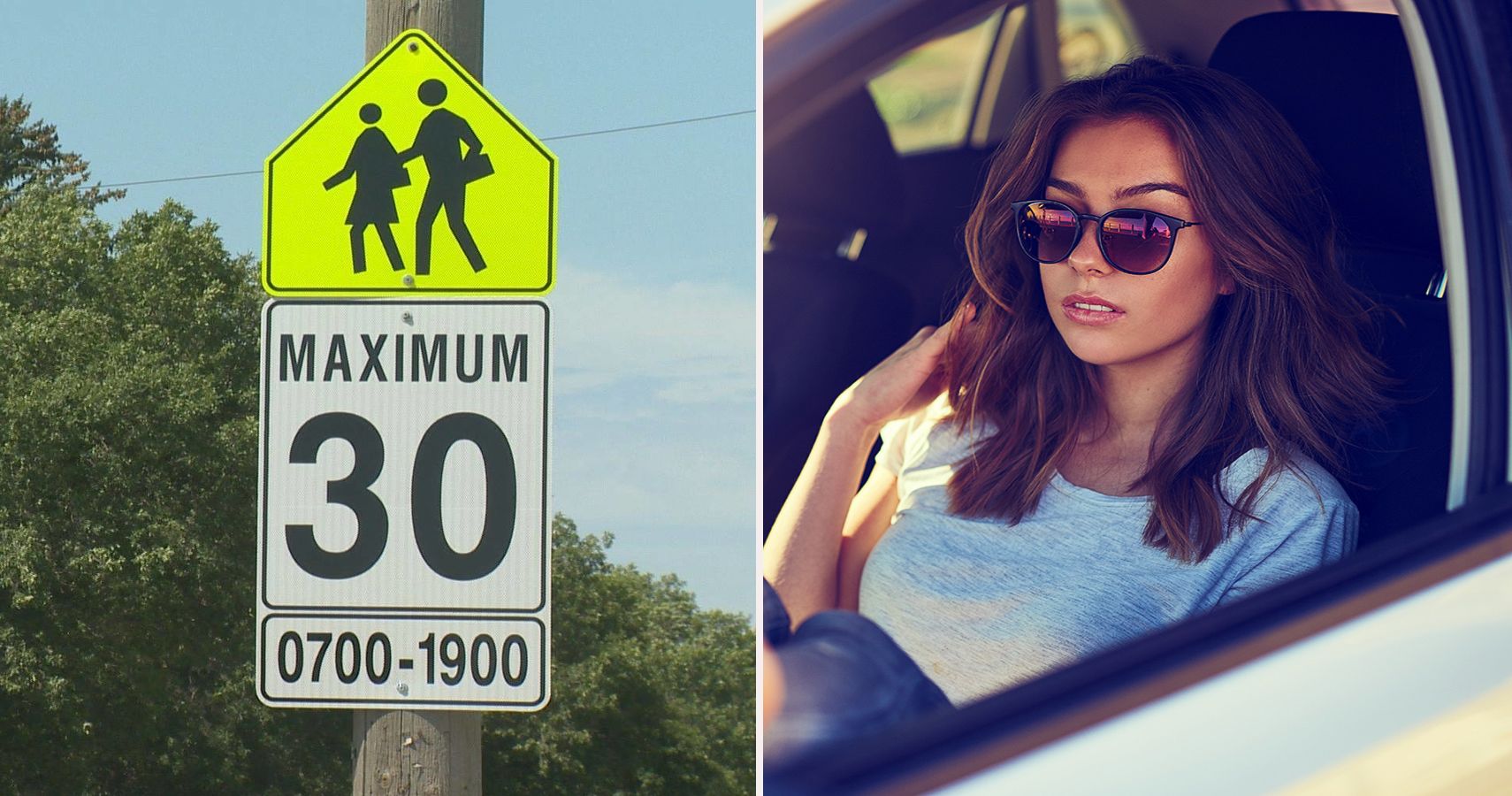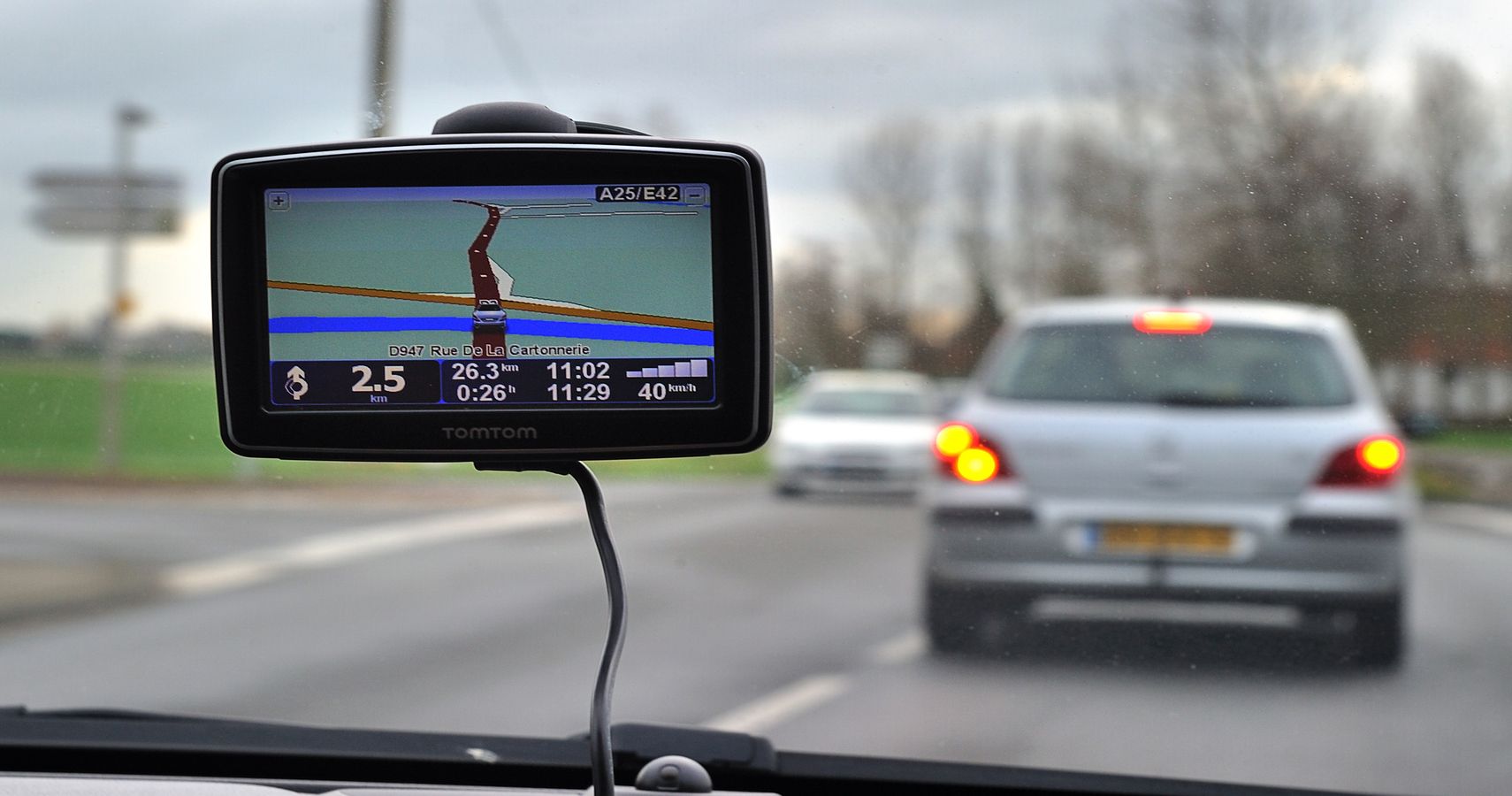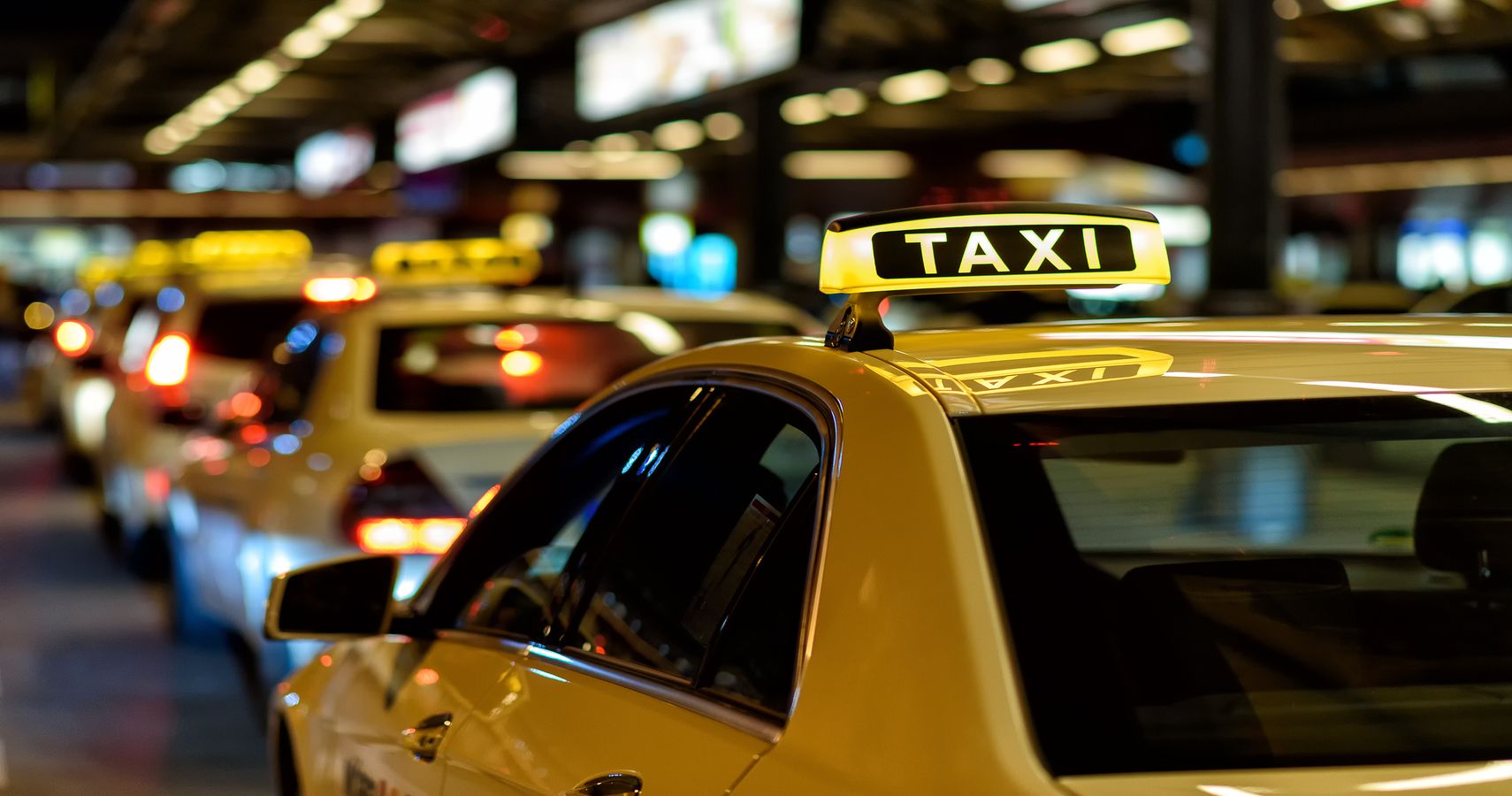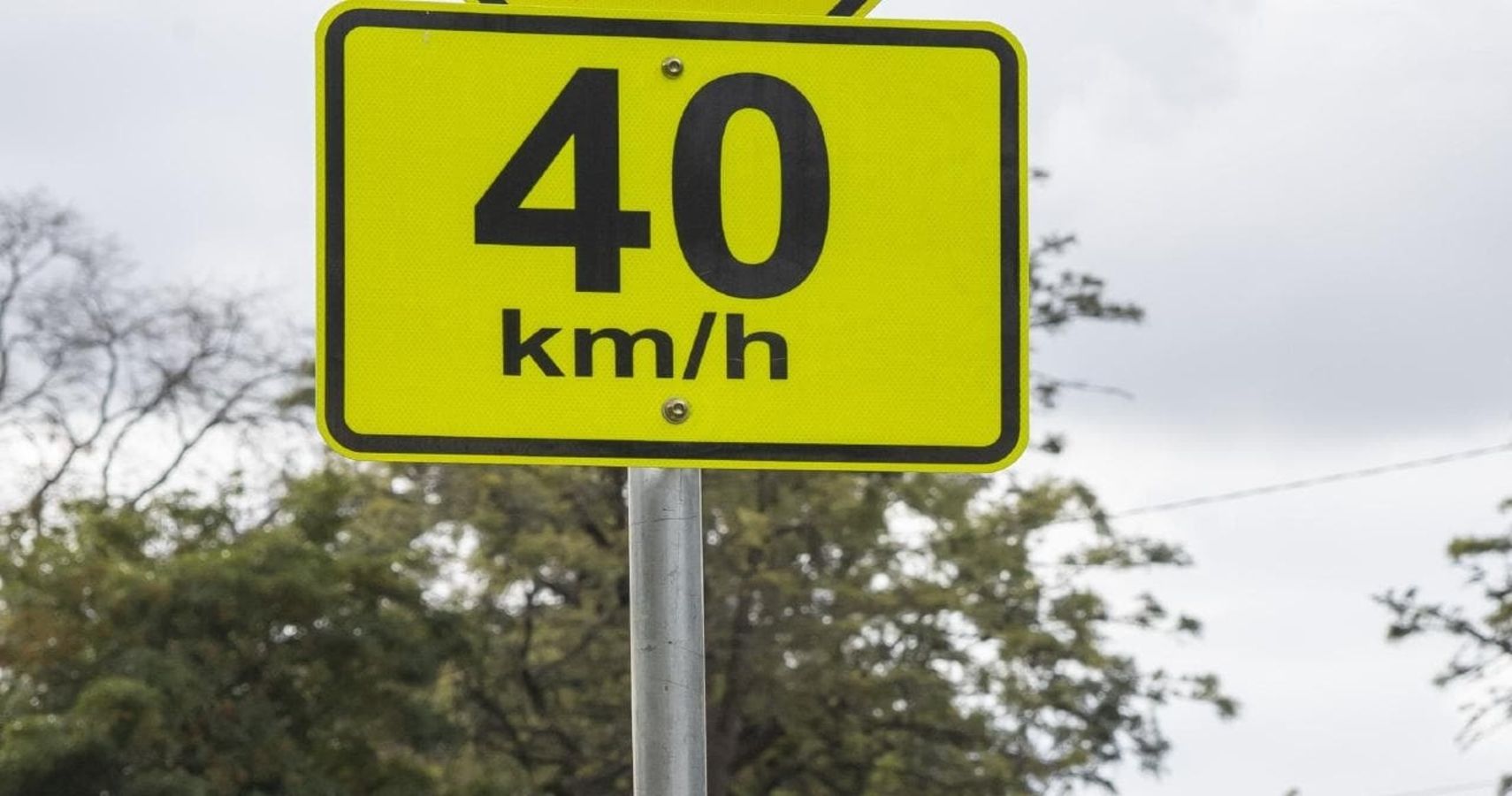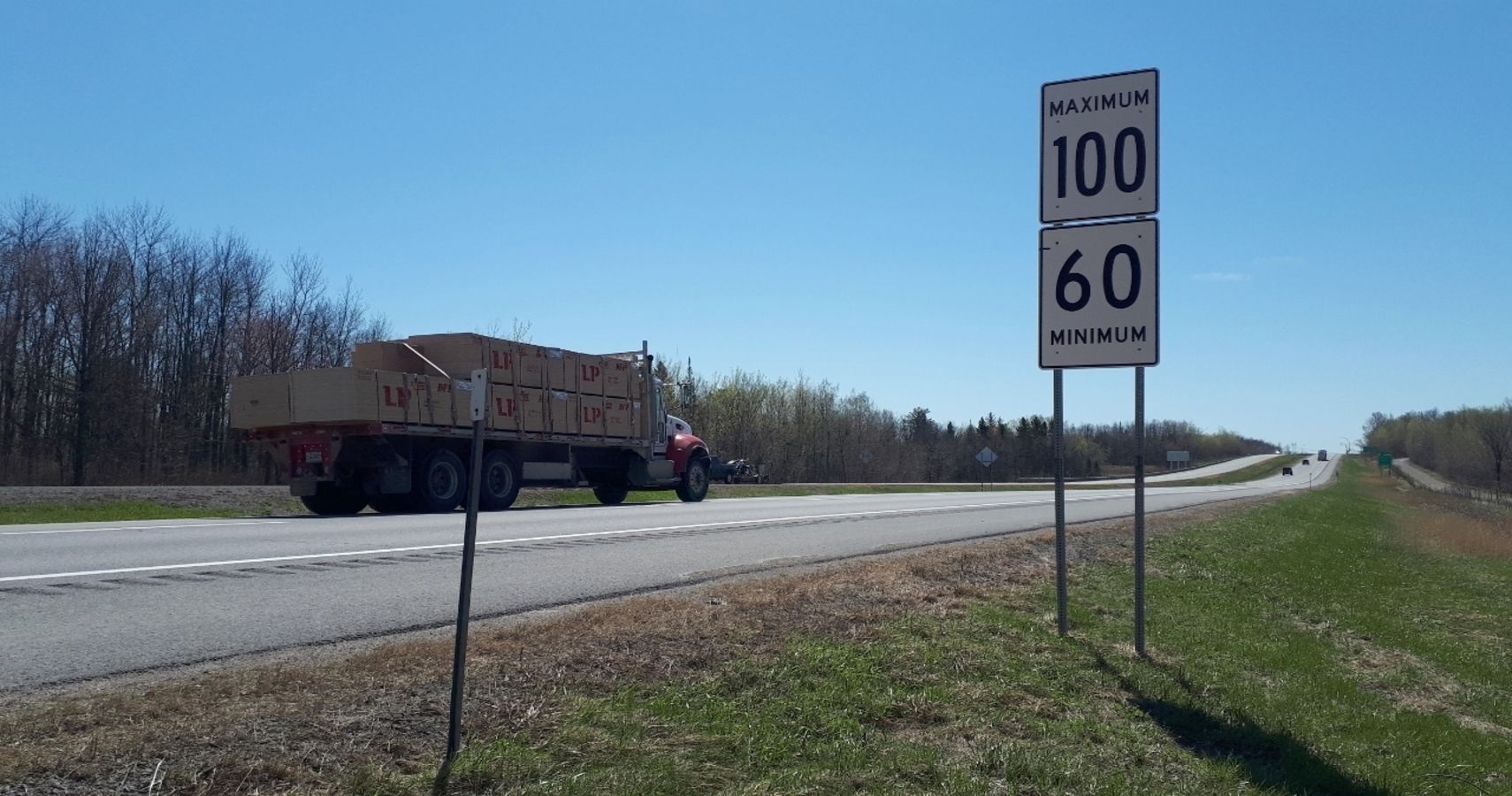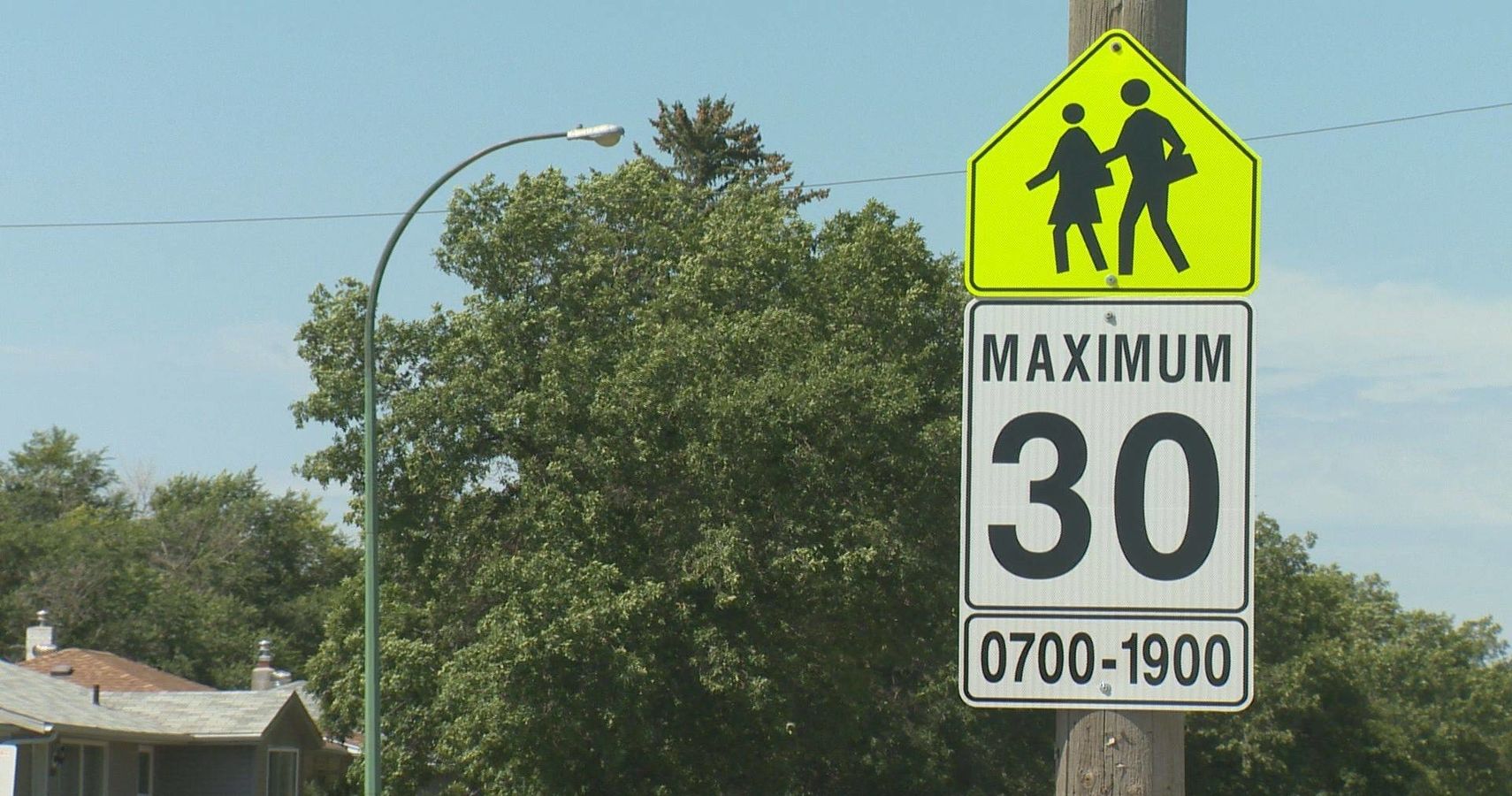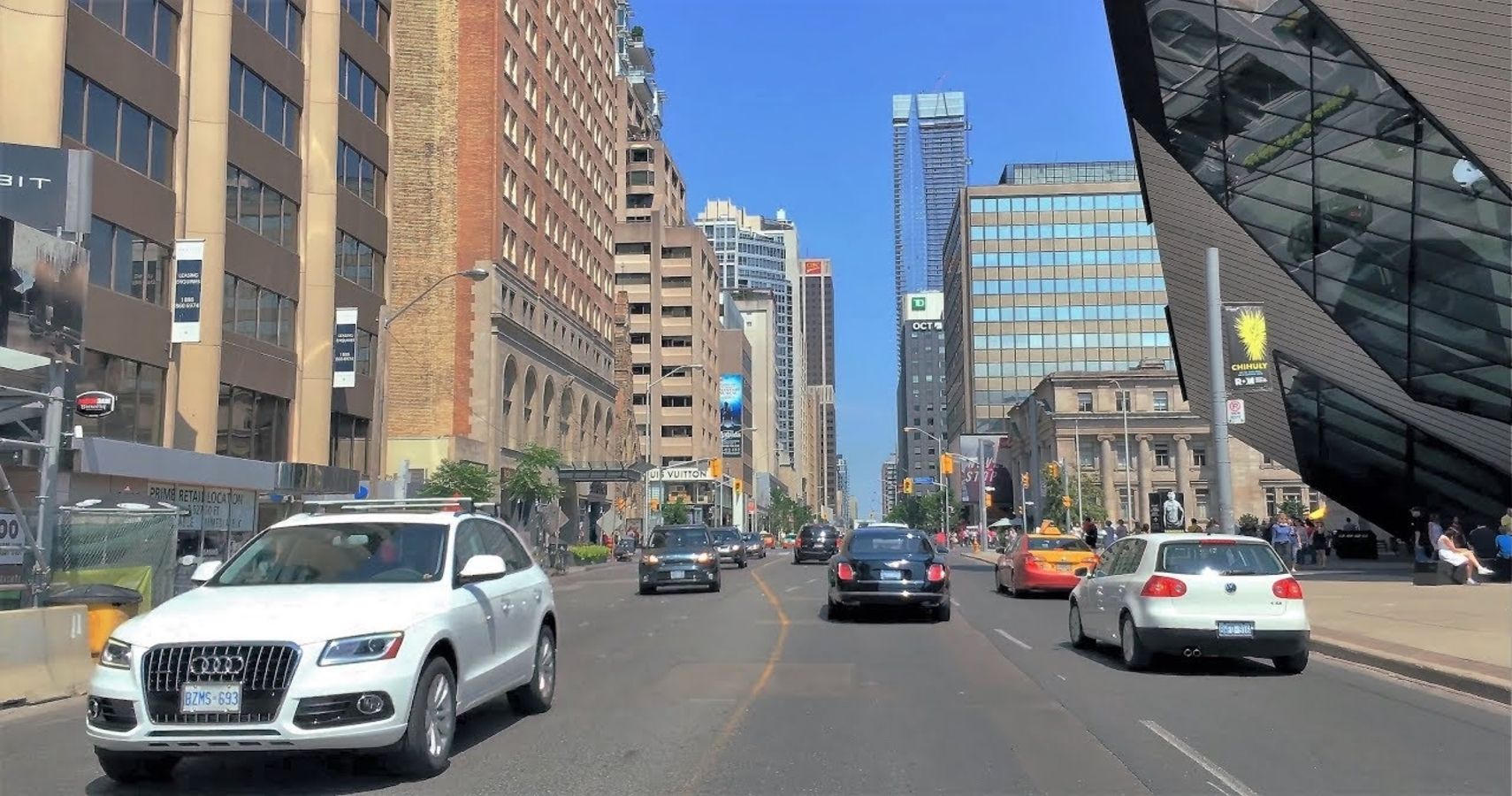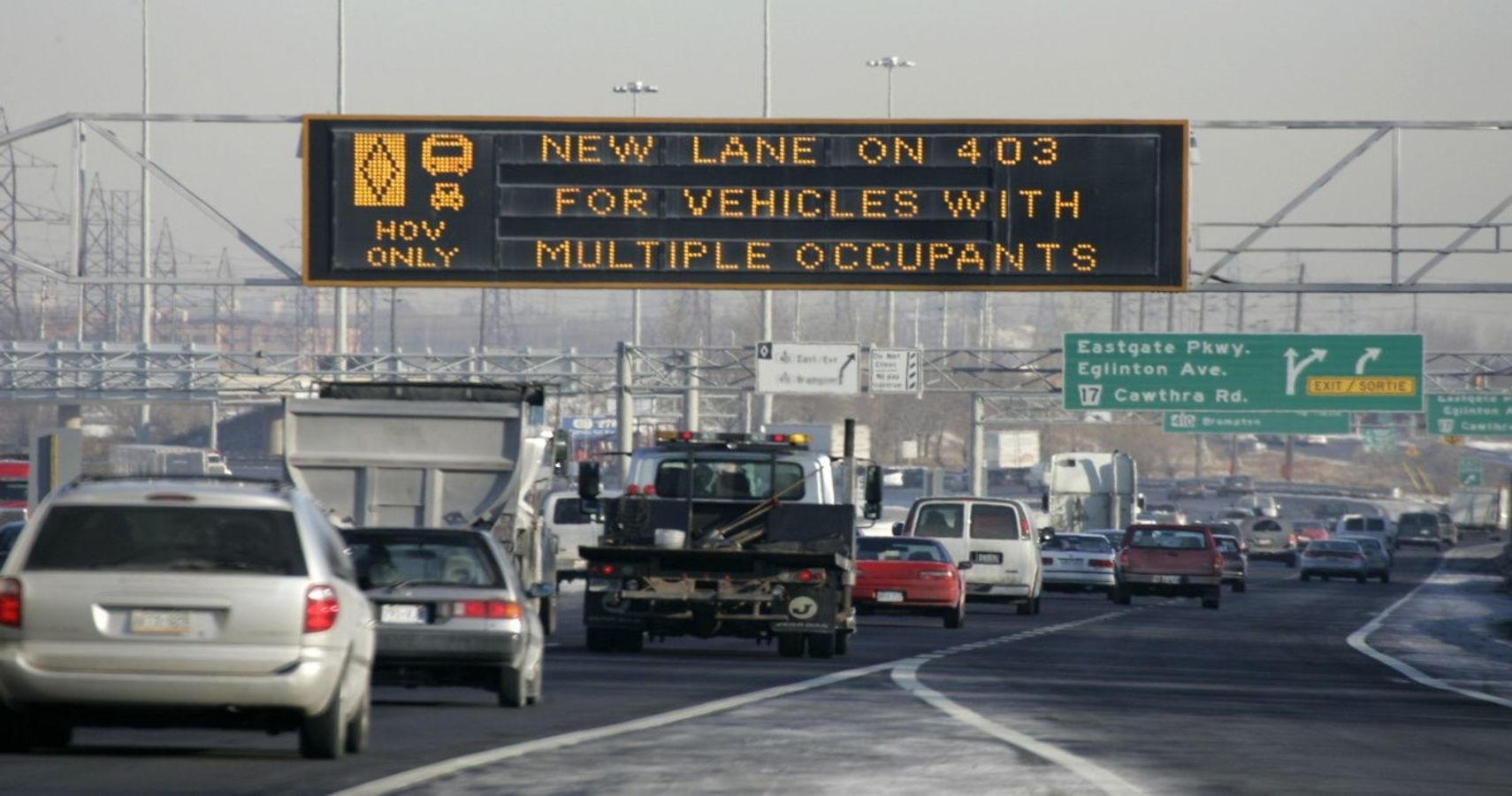Traveling to a new country is exciting. There’s lots of sight-seeing, plenty of new cuisines to try out, and loads of awesome people to meet. Anything can happen! It’s a smart idea to do some research before traveling to another country, though. The last thing anyone wants is to end up on the wrong side of town or in this case, pay a hefty traffic fine for not following the rules of the road.
Every country has their own set of traffic regulations drivers are expected follow, even visitors. While some laws obviously act in the interest of public safety, others are just way too weird. Canada certainly has some driving laws that are a bit out of left field. Here are 10 totally bizarre and unheard-of driving laws found in Canada!
10 Forget The GPS; Use Maps Instead
After learning about the Canada’s on-going mission to end fatal car collisions, it makes sense why they issued this law. In particular, the province of Ontario has one of the highest levels of car-related deaths. Since 2000, the number of fatalities has doubled. On January 1 of this year, the province enforced a new law that cuts back on all electronic usage when driving.
While this new law includes cell phones and iPads, navigation systems are also not allowed to be used when cruising down the highway—unless of course they use voice command. First time offenders get fines up to $1,000, 3 demerit points and a 3-day license suspension! That’s extreme for a first-time offender.
9 Support For Barefoot Drivers
Canada’s traffic law enforcers obviously mean business when it comes to common road distractions. At least, that was before this law or nonexistent one, came along. Driving barefoot isn’t illegal in Canada, though it definitely qualifies as reckless driving. A spokesman from SAAQ in Quebec, confirmed “that there are no laws banning shoeless driving.”
He claimed it was a “urban myth” of sorts. Turns out though, Canada isn’t the only country guilty of not enforcing this law. The United States doesn’t even have a law that forbids shoeless driving! There are also activist groups, such as the Barefootislegal.org that support the driving fetish. Some drivers will even go as far to argue that pressing the gas while barefoot is safer. When did common sense go out the window?
8 Unprofessional Attire Gets A Big Fine
Though there’s no specific law outlawing shoeless driving, that doesn’t mean professional drivers aren’t expected to wear the proper attire. In particular, taxi drivers are forced to pay fines for not wearing the right type of clothing article. What makes this law so absurd is that the taxi driver must follow specific guidelines for how to dress.
According to Montreal’s law, cab drivers must wear “clean white shirts and long black pants.” Not sure why law officials would pay that much attention to what someone is wearing, let alone a cab driver. Nonetheless, if they’re caught wearing a tank and short shorts, they are breaking the law! What’s worse, the customer has the right to report the driver. Ouch!
7 Stop Honking Your Horns, Already!
Canada isn’t just known for their massive traffic jams, but also for blowing their horns. A reported survey conducted in 2018 revealed that excessive honking causes other Canadian drivers and pedestrians to become disoriented. The survey also recorded the percentage of people who wanted the timeframe of 11:30pm to 7am of illegal horn use extended in comparison to those who did not.
Majority opted for an extension of the timeframe law. Additionally, in 2013, the Canadian Motor Vehicles Advisory Commission came up with an idea to implement a universal language drivers can use to communicate simple driving maneuvers. Hopefully the plan has helped crack down on those excessive honkers!
6 Follow The Yellow Signs
Drivers blaring their horns is a bit of gray area for Canada. Not paying attention to the yellow traffic signs on the highway, however, is pretty straightforward. Canadian traffic law states that it is illegal to ignore these signs, although they’re only suggested speed limits. Drivers can even face a hefty fine for not abiding by the signs. So why aren’t there set speed limits on the highway, rather than suggested ones? It all comes down to the driver either having to “merge into traffic or consistently hitting the brakes!” In other words, there’s no regulator speed, only recommendations. It’s understandable that Canada wants to fix the severity of their traffic problem but arguably, it’ll just be easier to have a set speed limit!
5 Learning Lane Etiquette In Quebec
Speaking of speeding on the highway, Quebec brings us another wacky law that makes no sense whatsoever. In America, all lanes allow drivers to either pass others, cut drivers off and speed down the highway 10 miles well above the speed limit. In Canada’s province, however, drivers can perform such maneuvers in the left lane only.
If a driver is caught just cruising in the left lane, even if they’re the only car in that pathway, officials will write them a hefty fine of $60. On the flip side, drivers aren’t allowed to turn or pass others in the middle or right lanes, either! It’s ironic how traffic officials can be so lenient on set speed limits but are very strict on which lanes can be used for certain maneuvers.
4 It’s Kilometers Not Miles
When it comes to rules of the road, drivers should also be aware that Canadians measure speed in kilometers and not miles. Canada has a slew of provinces and territories that come with their own set of speed limits. Tourists should consider printing out a conversion sheet for their travels if they plan on taking on Canada’s roads. If a driver doesn’t know if they’re going to fast or too slow, they could pay a pretty penny—even if it was on accident. Drivers can also get ask about speed limitations at the Canadian Border. Whichever option they choose, it’s better than spending the night in jail.
3 Don’t Visit Montreal If Right-Hand Turns Are A Weak Spot
A major traffic maneuver that can land a driver in a world of trouble is making a right-hand turn on red in Montreal, Canada. Recently, 15 mayors from neighboring suburbs have attempted to convince the Canadian government, as well as Montreal’s mayor, to permit the traffic maneuver.
Opposing sides, however, have argued over issues of public safety and saving time when getting to work. While the 15 mayors came to a unanimous decision to uplift the law, it’d only be exclusive to suburban areas that aren’t densely populated. Unfortunately, the mayor of Montreal hasn’t chipped in his vote yet and for now, promises to consider the proposal for next year. Montreal needs to get with the program!
2 Smoking In Ontario Is A Big Deal
It’s understandable that Canada wants to make its residents feel safe and secure. Cracking down on smokers is environmentally ethical as well, though the subject does border on free will. Ontario has banned people from smoking at their jobs, public and outdoor places and even inside vehicles when children are present. Back in May of 2017, Ontario resident Harry Kraemer faced fines of $350 and more for not only smoking on his employer’s premises but also for standing next to his car. What’s even more bizarre is that every time the police officials caught him smoking by his car, there were never any children present. It’s great that officials want to end pollution and promote safety, but they’re going about it the wrong way. That is too extreme!
1 HOV Lane Laws Are Getting A Minor Revision . . . Fingers Crossed!
Drivers should have a right to smoke in their car because it’s their property. Merging onto one of Canada’s HOV lanes shouldn’t require a pass either but the country is working on revising its laws. The purpose of a HOV lane or rather, a High Occupancy Vehicle lane, is to move more people off the road, thus avoiding the instance of a traffic jam. In Ontario, access to lanes on Highways 403, 404, 417 and the QEW, were restricted only to vehicles carpooling 2 more or more passengers. Drivers who were caught breaking the law faced a fine of up to $110 and three demerit points! Luckily, the government is proposing a new bill that allows motorcyclists access to the HOV lanes in the coming year. Canada definitely needs to lighten up the reigns with these traffic laws!

